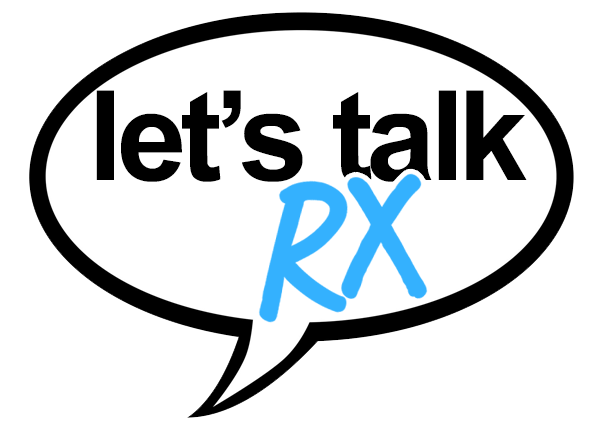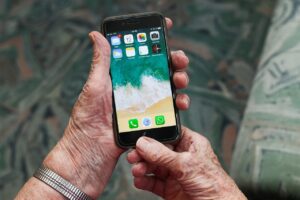Life after a stroke can feel like stepping into a whole new world, and assistive technology is here to be your trusty guide. These tools and devices are designed to make life easier by addressing challenges with mobility, communication, and daily tasks. Think of them as your new sidekicks, each one tailored to help you regain independence and confidence. From sleek gadgets to simple tools, assistive technology can transform the recovery journey into something empowering and even a little exciting.
A stroke might change how your body works, but it doesn’t have to stop you from living a full life. That’s where technology steps in—bridging the gap between what feels out of reach and what’s possible. Whether it’s helping you walk across the room or hold a conversation, there’s an innovative solution out there with your name on it.
Walking Again: Mobility Tools That Make a Difference
For many stroke survivors, mobility can be one of the most significant challenges. Enter assistive technology, with everything from high-tech robotics to classic tools like canes and walkers. Let’s start with exoskeletons—yes, they’re as cool as they sound. These robotic devices are like wearable suits that support your legs, helping you walk while improving strength and balance over time. They’re a bit like having a sci-fi upgrade for your recovery.
If robots feel too futuristic, don’t worry. There are plenty of options that blend function and familiarity. Adaptive canes and walkers, for example, come with features like ergonomic grips, built-in seats, or wheels for smoother movement. These devices might not have the flash of an exoskeleton, but they’re just as effective at helping you get where you need to go—whether it’s to the kitchen or out for a stroll in the park.
Wheelchairs and scooters also play a key role in mobility. Today’s models are lightweight, customizable, and often come with clever features like joystick controls or foldable frames. They’re designed to adapt to your lifestyle, giving you the freedom to explore the world on your terms.
Speaking Up: Communication Tools for Connection
After a stroke, communication can sometimes feel like trying to send a text with no signal. That’s where communication devices come in, helping bridge the gap when words don’t come easily. Augmentative and alternative communication (AAC) tools range from simple picture boards to advanced apps that turn text into speech.
For those who find speaking difficult, text-to-speech apps are a game-changer. Apps like Proloquo2Go or TouchChat allow you to type out messages that your device then speaks aloud. They’re intuitive, portable, and often customizable, so you can express yourself in a way that feels natural.
On the other hand, if writing is a challenge, voice recognition software might be your new best friend. Programs like Dragon NaturallySpeaking let you dictate emails, texts, or even entire novels—hands-free. It’s like having a personal assistant who’s always ready to jot down your thoughts.
And let’s not forget about good old-fashioned picture boards. These low-tech tools use images or symbols to represent words and phrases, making them perfect for quick and easy communication. Sometimes, the simplest solutions are the most effective.
Gadgets for Everyday Independence
Life is made up of little moments, and assistive technology is here to help with the day-to-day. Take smart home devices, for instance. Tools like voice-activated lights, thermostats, and door locks can make your home more accessible, giving you control over your environment with a simple command. Imagine saying, “Alexa, turn off the lights,” and voilà—instant convenience.
For the kitchen, adaptive utensils and cookware are a stroke survivor’s best friend. Weighted forks and knives can steady shaky hands, while one-handed cutting boards make meal prep a breeze. And for anyone dealing with fine motor challenges, button hooks and zipper pulls can turn getting dressed into a frustration-free experience.
Let’s also talk about medication management. Pill dispensers with timers and alarms are lifesavers when it comes to staying on track with prescriptions. They’re like having a friendly nudge to keep your health in check, so you can focus on the fun stuff.
High-Tech Meets Recovery: Apps and Wearables
Technology isn’t just about gadgets; it’s also about the apps and wearables that keep you moving forward. Stroke recovery apps are like having a physical therapist in your pocket, guiding you through exercises designed to rebuild strength and coordination. Apps like Constant Therapy or Lumosity focus on cognitive exercises, keeping your brain sharp and engaged.
Wearables like fitness trackers are also worth a shoutout. They’re great for monitoring heart rate, steps, and even sleep patterns, helping you stay on top of your health goals. Some wearables even offer fall detection and emergency alerts, giving both you and your loved ones peace of mind.
Virtual reality (VR) is another exciting frontier in stroke recovery. VR systems can create immersive environments for physical and cognitive therapy, turning exercises into interactive games. Who wouldn’t want to rehab while flying through a virtual galaxy or exploring an underwater world?
Overcoming Challenges with Technology
Of course, learning to use new tools can feel daunting, especially if technology isn’t your thing. But don’t let that hold you back. Most assistive devices are designed with user-friendliness in mind, and many come with tutorials or customer support to get you up and running.
If you’re feeling unsure, start small. Pick one tool or app and give yourself time to get comfortable with it. Once you see how much easier it makes your life, you’ll be ready to explore more options. And remember, it’s okay to ask for help. Friends, family, or even tech-savvy grandkids can show you the ropes.
The Importance of Customization
Not all assistive technology is one-size-fits-all, and that’s a good thing. Customization is key to finding what works best for you. Occupational therapists and rehab specialists can help assess your needs and recommend tools that match your lifestyle and goals. Whether it’s adjusting a wheelchair’s settings or personalizing an app’s interface, these tweaks can make all the difference.
The goal is to find technology that fits seamlessly into your life, enhancing your abilities without feeling intrusive. When a tool feels like it’s been made just for you, using it becomes second nature—and that’s when the real magic happens.
Embracing the Future with Confidence
Assistive technology is more than just gadgets and devices; it’s about reclaiming your independence and discovering new ways to thrive. The options are constantly evolving, and the possibilities are endless. Whether you’re mastering a new communication app, zipping around in a high-tech wheelchair, or cooking up a storm with adaptive tools, each step forward is a win.
Remember, recovery is a journey, not a race. Celebrate the small victories, stay curious about what’s out there, and don’t hesitate to try something new. With the right tools in your corner, you’re not just recovering—you’re redefining what’s possible.








